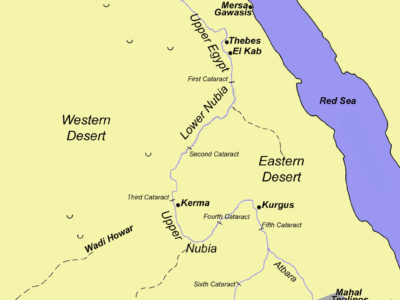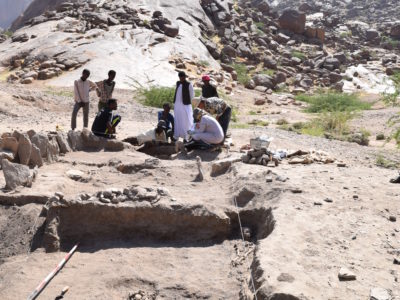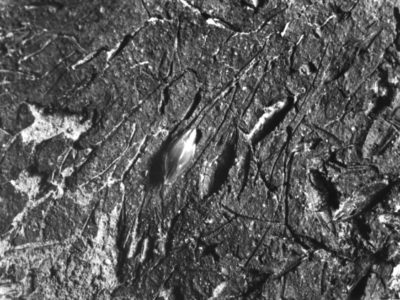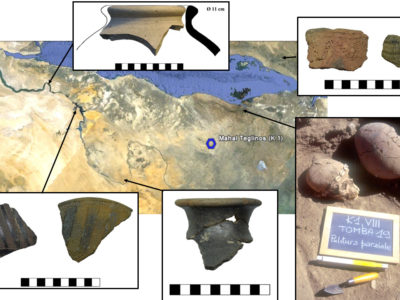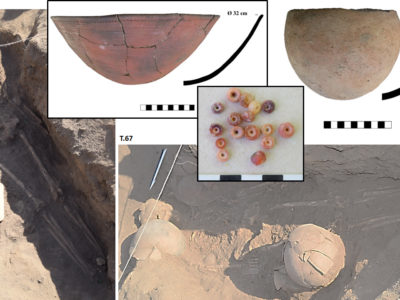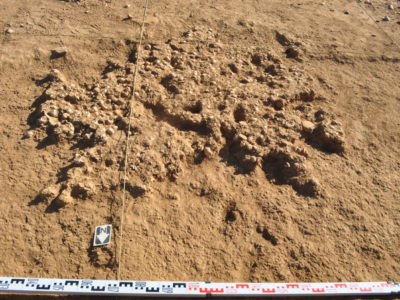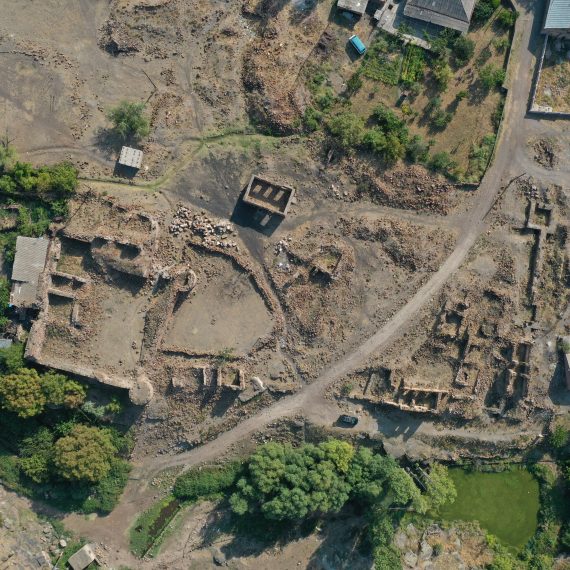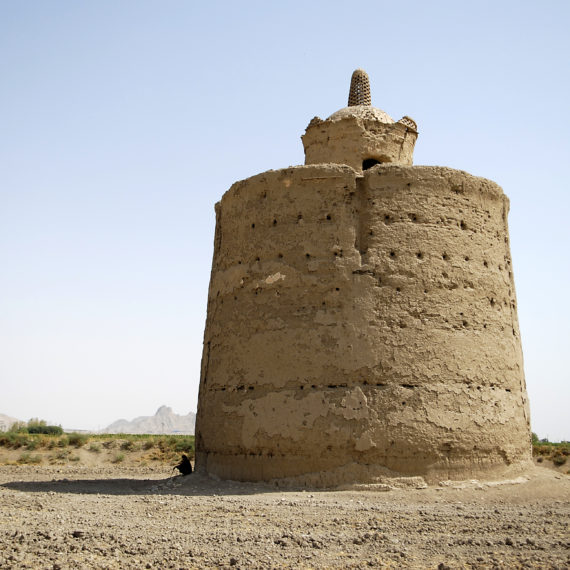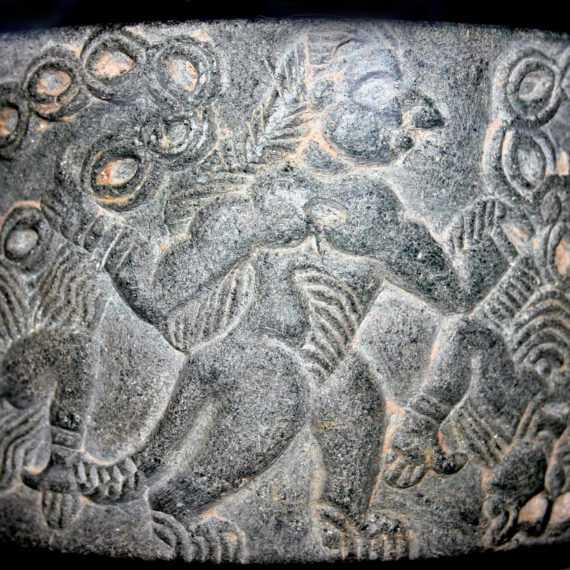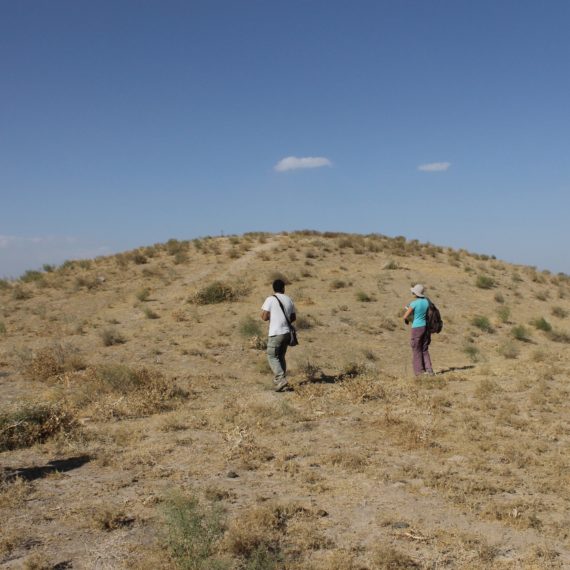
Italian Archaeological Expedition to the Sudan and Eritrea
The exploration of the archaeology of the Eritrean-Sudanese lowlands was started in 1980 by the Italian Archaeological Mission of the Istituto Universitario Orientale, and the American-Sudanese Expedition of the Southern Methodist University of Dallas and University of Khartoum. More recently, the Italian Archaeological Expedition to Sudan and Eritrea of the University of Naples “L’Orientale” and ISMEO – in collaboration with the National Corporation for Antiquities and Museums of Sudan – resumed investigations in the area after a gap of 15 years.
Research activities have outlined the area’s long regional cultural sequence (6th millennium BC – 2nd millennium AD). Moreover, it was shown that in the region the process of adoption of domestic cattle and cultivated plants started not later than the 4th millennium BC, the progressive shift to a nomadic and pastoral lifestyle began in the 2nd millennium BC, and hierarchical societies were present by the late 3rd-early 2nd millennium BC.
The abundant archaeozoological and palaeobotanical record made possible to follow the emergence of a local diet in which domesticated sorghum was important. Indeed, the region has yielded the earliest evidence of sorghum domestication, perhaps starting in the 4thmillennium BC. This suggests that the region may have been part of the domestication area of this species. The zone was also crucial for the Neolithisation of the Ethio-Eritrean highlands and for the spread of Sahelian crops to India via the Indian Ocean in the 3rd and 2nd millennia BC.
Imported objects show that in the 3rd and 2nd millennia BC the region was included in a broad network extending from Egypt to the Yemeni highlands, also involving Nubia, the Butana and the Eastern Desert. Together with its plentiful natural resources, this evidence has led to the suggestion that the region may have been part of the fabled land of Punt, mentioned in Egyptian texts from the Fifth Dynasty, and from where African raw materials such as aromatic resins, ebony, ivory, animal skins and precious metals were imported to Egypt.
The recent investigations are also providing insights into the environmental history of the region, which apparently remained wetter than the areas north and west of it up to c.2000 BC, and into its ancient landscapes. In particular, new excavations have shown that already in the 3rd millennium BC Mahal Teglinos, the region’s major archaeological site, was perhaps a kind of federal cemetery, of great importance in the ideological landscape. In recent years work has focussed on the earliest and latest phases of the cultural sequence, with extensive excavations of some 6thand 5thmillennium BC together with 1stmillennium AD sites between the Gash and Atbara rivers.
Lastly, the expedition is contributing to cultural heritage management, which is endangered by demographic pressure and the implementation of dams and agricultural schemes, as well as gold mining. To face these challenges, the expedition is conducting rescue excavations, training local authority personnel, and conducting a systematic programm to increase heritage awareness of their cultural heritage.



